Music is the mediator between the life of the senses and the life of the spirit. – Beethoven “We surrender to music when we listen to it – we allow ourselves to trust the composer and musician with a part of our hearts and our spirits. We let the music take us somewhere outside ourselves. The power of music is that it can connect us to one another, and to larger truths about what it means to be alive and what it means to be human. That is how we are moved by music, ” writes Daniel J. Levitin in …
Category: Music
“Music gives such pleasure that human nature cannot live without it, ” said Confucius. Music is essential says Victor Hugo because “ it expresses what cannot be put into words and what cannot remain silent.” The acclaimed neuroscientist, cognitive psychologist and musician Daniel Levitin explores the mystery of music and how music affects our brains, thoughts and our spirit. He says : The moods that music creates are part of its mystery. What most of us turn to music for is an emotional experience. Because music has the power to induce a certain emotion that will bring back a certain …
The Pythagoreans believed that music was a purification for the soul, just as medicine was a purification for the body. The ancient Greek philosopher and polymath, Pythagoras (c. 570 – 495 BC) said that all things in cosmos – κόσμος are made of numbers ensuring that the universe functions in order and harmony. Known with his pioneering theories on music and mathematics, he proclaimed that cosmos is in harmonious motion precisely timed and structured. The harmonious and repetitive rotations of the spheres emit celestial melodies which he phrased as musica universalis – the music of the spheres. He put forth …
A master musician, an influential thinker and jurist, Ostad Elahi ( 11 September 1895 – 19 October 1974) said : “Music has countless properties, most of which have yet to be discovered.” Born in a small remote village in Iran, he grew up in a spiritual milieu where mystical traditions reigned everyday life. He was devoted to music very early on in his quest for meaning, self-knowledge, and transcendence. By the age of nine he was recognized as “ a peerless master of the tanbur ”, yet he only played it for himself. Occasionally, his relatives and visitors would …
There is geometry in the humming of the strings, there is music in the spacing of the spheres. Pythagoras (circa 570 BC), the wise philosopher and polymath put forth that the universe as a whole was composed of harmony and numbers. The planets and stars move according to mathematical equations, their movements correspond to musical notes and that the Sun, Moon and planets all emit their own unique hum based on their orbital revolving. Their orbital resonance generates an inaudible symphony which he called Musica Universalis —music of the universe. The seventeenth century astronomer Johannes Kepler (1571-1630), inspired and intrigued …
There is geometry in the humming of the strings, there is music in the spacing of the spheres. Pythagoras (circa 570 BC), the sage philosopher and polymath was born on the Greek island of Samos. Renown by his fundamental theory of mathematics and his studies on the pre-existing link between music and mathematics, he demystified the music of the planets of our solar system which he defined as musica universalis – the music of the spheres. Attesting to the fact that the planets and stars move according to mathematical equations, their movement correspond to musical notes and each emit their …
One of the most read and quoted Persian poets of the 13th century, Mevlâna Mohammad Jalal al-dîn Rumi, known as Rumi was a savant and mystic. Born in Balkh region, today’s Afghanistan (1207-1273), he and his family moved to Konya, Turkey after the Mongol conquest. Soon after his settlement in Konya, mystics, and Sufi dervishes gathered around him to benefit from his spiritual and intellectual knowledge. The spiritual life was embedded in the daily material life of the dervishes. Their gatherings were accompanied by spiritual music and dancing. It is during this period he is called “ Mevlâna” – meaning …
It is an extraordinary exhibition where there is no museum, there are no solid paintings and yet it is a feast for all the senses and for the soul. Vincent Van Gogh’s (1853-1890) genius brushworks become alive in a mesmerizing movement of images, colors, light and sound. The irises, sunflowers, olive groves, haystacks, his self-portrait and more, are all projected for 30 minutes on a surface of 3300m², covering all over from the floor across the walls and up to the ceiling 10 meters high. It is an exhilarating experience. The “multisensory” digital art exhibition plunges one into a world …
On how dancing boosts morale and revives the soul “ In the dance, one finds the cinema, the comic strips, the Olympic hundred meters and swimming, and what’s more : poetry, love and tenderness,” said Maurice Bejart, the exceptional choreographer, opera director and dancer. Long before neuroscience confirmed that our brains are wired to move along with music, dancing was there. Babies, children, and adults, all instinctively move to the rhythm of the music. Cognitive research states that human beings are universally synchronized with the chords of music. Moreover, the rhythmic movement lifts our mood, regulates the mental and …
Rondador (panpipe) is one of the oldest instruments played in Latin America. It is a wind instrument made of condor feathers, bamboo and cotton string. When played, its pure sound echoes across the Andean mountain peaks where the condors fly. A well-known folk song played with this instrument is “El Condor Pasa”. In the original lyrics, an allegory is made to the condor flying high above in the sky as the symbol of freedom and dignity. As flying, he looks at the Andean miners working below and his flight becomes the miners’ aspiration for freedom and a dignified life. …



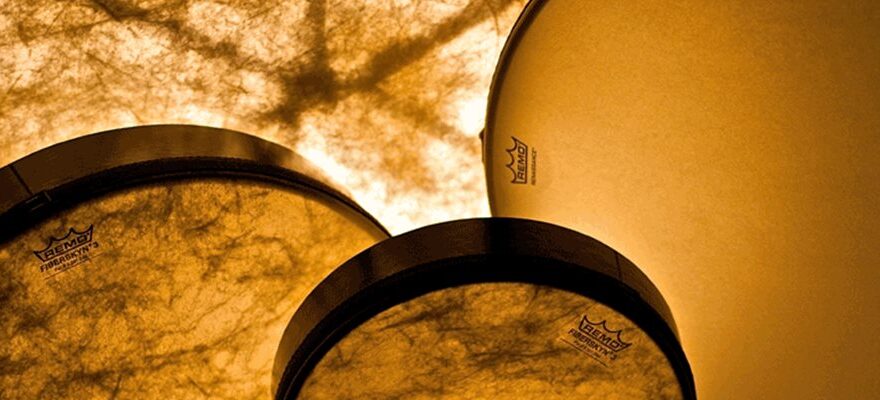
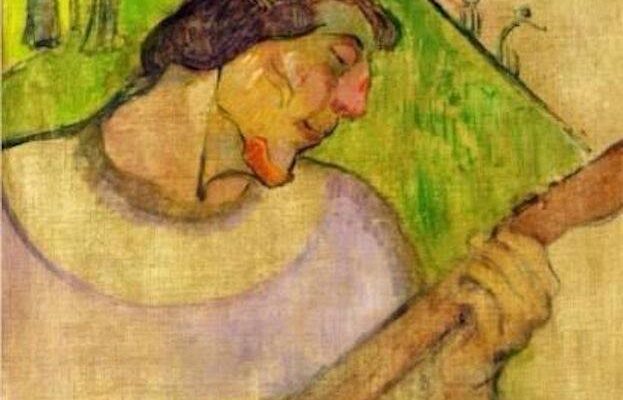
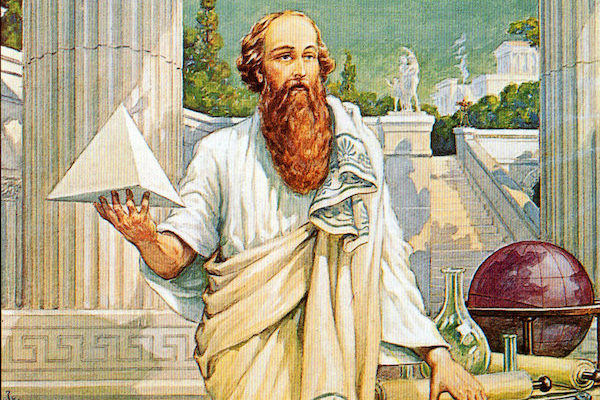
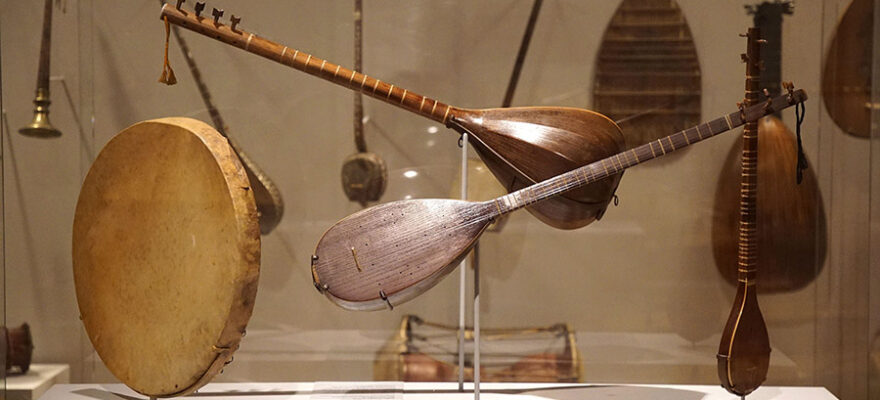
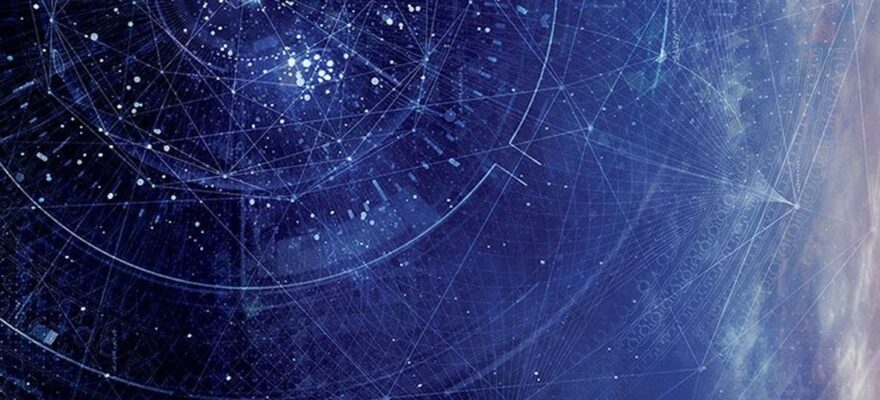

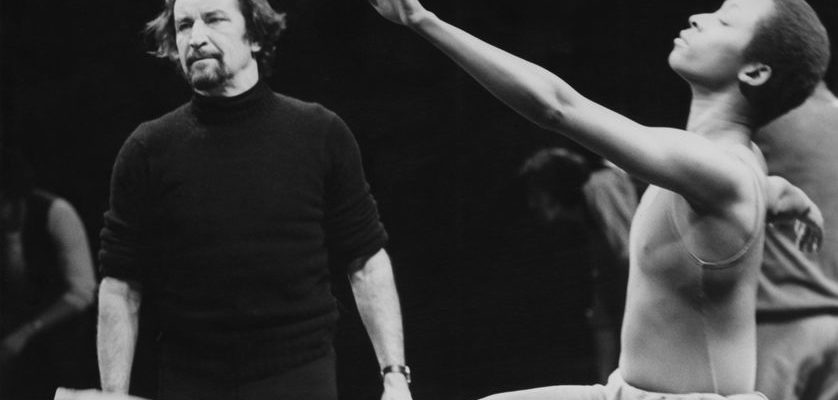

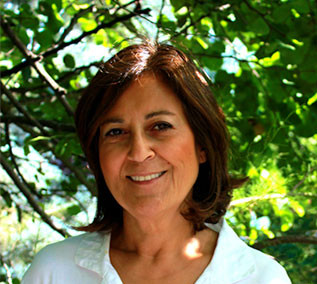




Social Profiles